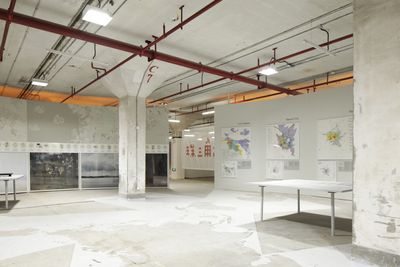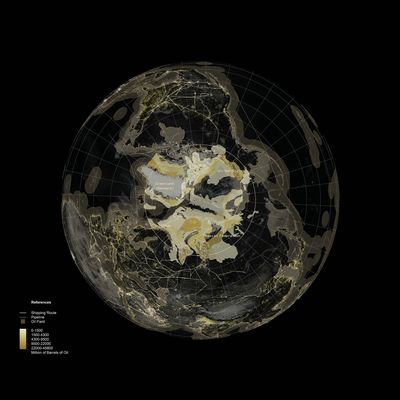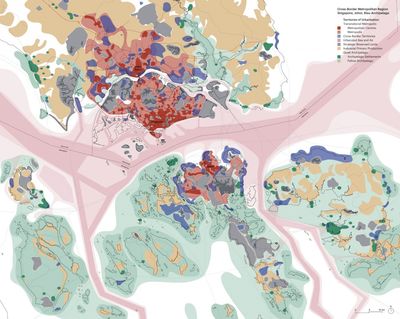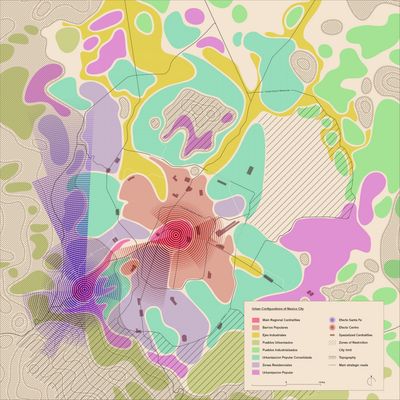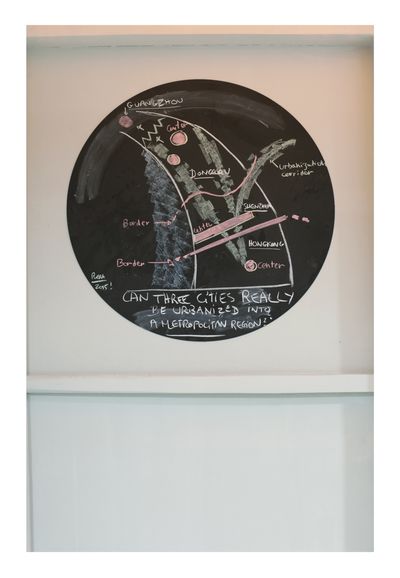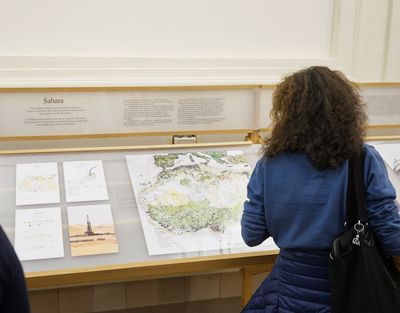Bi-City Biennale of Architecture/Urbanism
Cartographies of Planetary Urbanisation

Cartographies of Planetary Urbanisation is a joint exhibit presented at the Bi-City Biennale of Architecture/Urbanism, Shenzhen 2015 by Neil Brenner, Urban Theory Lab, Harvard GSD; Christian Schmid, Chair of Urban Sociology, ETH Zurich and Milica Topalović, Assistant Professor of Architecture and Territorial Planning, ETH Zurich.
Today, urbanisation has become planetary. The boundaries of the urban have been exploded to encompass vast territories far beyond the limits of even the largest mega-city regions. Meanwhile, novel patterns of urbanisation are crystallising that challenge inherited conceptions of the urban as a bounded, universal settlement type.
This exhibit proposes a radical rethinking of inherited cartographies of the urban. The popular claim that we now live in an ‘urban age’ because the world’s majority population lives in ‘cities’ is a deeply misleading basis for understanding the contemporary “urban revolution” theorised by Henri Lefebvre. Cities are not isolated manifestations or universally replicated expressions of the urban condition, but are embedded within wider, territorially uneven and restlessly evolving processes of urbanisation at all spatial scales, encompassing both built and unbuilt spaces, across earth, water, sea and atmosphere.
In this exhibit, interdisciplinary research teams from the ETH Zürich, ETH Future Cities Laboratory Singapore and the Urban Theory Lab at the Harvard Graduate School of Design present new frameworks for understanding and representing contemporary forms of urbanisation through three interrelated lines of inquiry:
(1) Comparative analysis of the urbanisation processes that have transformed Tokyo, Hong Kong/Shenzhen/Dongguan, Kolkata, Istanbul, Lagos, Paris, Mexico City and Los Angeles. We explode the singular notion of the city to explore, in comparative perspective, differing patterns and pathways of urbanisation in some of the world’s most dynamically changing urban territories.
(2) The extension and thickening of the urban fabric in some the planet’s supposedly most ‘remote’ or ‘wild’ zones—the Amazon, the Arctic, the Gobi desert, the Himalayas, the Sahara, Siberia, the Pacific Ocean, and the earth’s atmosphere. Even these sparsely populated areas are today experiencing a massive intensification of land use, the construction of new connectivity infrastructures, and accelerated socio-environmental transformation to support the world’s major population centres.
(3) The transnational hinterland archipelago that supports urbanisation in Singapore, one of the world’s most globally networked agglomerations. In contrast to standard representations of cities as self-propelled economic powerhouses, we track the wide-ranging flows of food, water, energy, sand, and labor-power that support this growing, globally strategic urban centre. Instead of the city-state, we propose the cross–border metropolitan region as the new urban paradigm for Singapore.
The exhibition highlights the interplay between (a) the search for new theoretical concepts, (b) territorially grounded studies of specific patterns and pathways of urbanisation and (c) the use of cartography to decipher new geographies of urbanisation for which we currently lack an adequate analytical or representational vocabulary.

